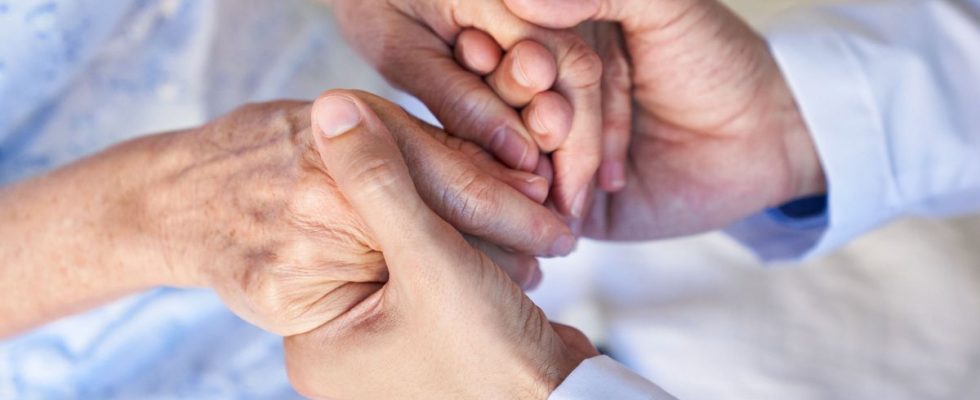Published on
Updated
Reading 3 min.
According to the latest report from the US Centers for Disease Control and Prevention, rates of chlamydia, gonorrhea and syphilis among older adults have doubled over the past 10 years. A global phenomenon that worries doctors.
STI alert! The Centers for Disease Control and Prevention – the main federal agency in the United States for protecting public health – has revealed that STDs are more common in people aged 55 and older. Enough to shake up preconceived ideas!
STIs: a dangerous explosion of cases among seniors
The US agency is concerned about cases of gonorrhea (a sexually transmitted infection – STI) attributable to the bacteria Neisseria gonorrhoeae (which can cause infertility). In people aged 55 to 64, these rates “increased from around 15 cases per 100,000 people in 2015 to 57 cases per 100,000 in 2019“.
In England, 31,902 new STIs were recorded among over-45s in 2015, compared to 37,692 in 2019.an increase of 18%“.
The phenomenon is global as estimates of high prevalence of STIs have also been reported more widely among older people in China, Korea, Kenya and Botswana.
How can we explain such an explosion of cases?
“Rising divorce rates, the abandonment of condoms because there is no risk of pregnancy, the availability of drugs for sexual dysfunction, the large number of older people living together in retirement communities and the use “Increased use of dating apps has likely contributed to the increased incidence of STIs among those over 50.”explains Professor Justynia Kowalska from the Medical University of Warsaw (Poland) during the European Congress of Clinical Microbiology and Infectious Diseases.
And the researcher even believes that: “This data likely underestimates the true scale of the problem, as limited access to sexual health services for over-50s and fear of stigma and embarrassment from older people and health professionals health conditions lead this age group not to seek help for STIs.
A scourge made worse by clichés about seniors
In addition, this explosion of sexually transmitted diseases would be aggravated by the many preconceived ideas circulating about seniors.
“People don’t become asexual as they age. In fact, thanks to preventative medicine and improved lifestyles, people are enjoying longer sex lives. Older people often find greater satisfaction in their sex lives because of their known experience and expectations. We need more role models like Samantha Jones in the TV series Sex and the City to challenge stereotypes around older people’s sexuality,” the professor said.
Thus, even if the number of sexual relations tends to decrease with age, older people continue to have “lots of sex“.
And several figures attest to this sexuality of seniors. In a study in England, half of men and almost a third of women aged 70 and over said “be sexually active“. Similarly, in a Swedish study, “46% of people aged 60 and over reported being sexually active, as did 10% of people aged 90 and over“.
Men also seem to be more at risk of STIs than women.
“Taking sexual risks is common among older people, particularly men”, explains, in justification, the Professor Kowalska. “Given that the number of people aged 60 and older is expected to double worldwide by 2050 and medications to enhance sexual activity are widely available, healthcare professionals must be proactive in discussing sexual concerns and fully integrating sexual health into the general health care of older people”, she concludes.
